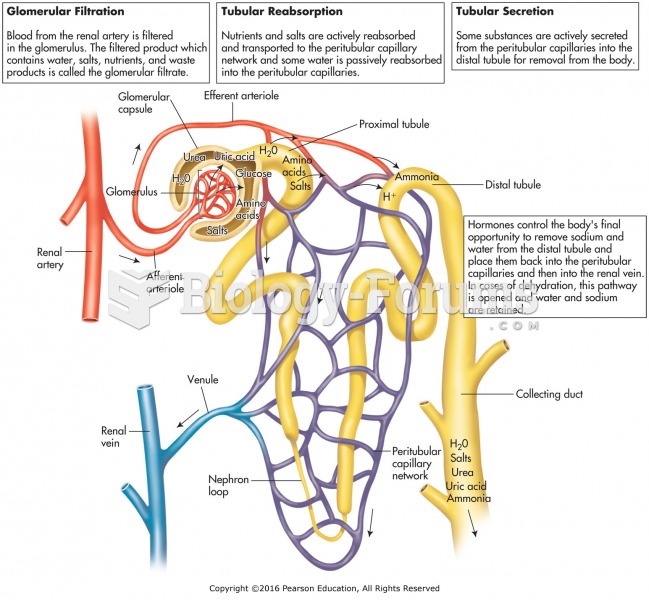Answer to Question 1
2
Rationale:
1. The sterile vaginal exam should be performed after rapport has been established and maternal vital signs have been assessed.
2. Establishing rapport will decrease anxiety of the couple and facilitate a more pleasant birth experience.
3. Welcoming the couple is more important upon arrival.
4. Although assessing for intact or ruptured membranes is a part of the admission assessment, welcoming the couple is more important upon arrival.
Answer to Question 2
2, 3, 4, 5
Rationale:
1. Encouraging the client to see and hold her infant does not respect the client's right to refuse interaction, and might make her feel guilty for not wanting to see the infant.
2. Encouraging the client to express emotions, respecting any special request for the birth, acknowledging the grieving process, and allowing for access to the infant at client's requests all are aspects of providing care for the client who decides to relinquish her infant.
3. Encouraging the client to express emotions, respecting any special request for the birth, acknowledging the grieving process, and allowing for access to the infant at client's requests all are aspects of providing care for the client who decides to relinquish her infant.
4. Encouraging the client to express emotions, respecting any special request for the birth, acknowledging the grieving process, and allowing for access to the infant at client's requests all are aspects of providing care for the client who decides to relinquish her infant.
5. Encouraging the client to express emotions, respecting any special request for the birth, acknowledging the grieving process, and allowing for access to the infant at client's requests all are aspects of providing care for the client who decides to relinquish her infant.







